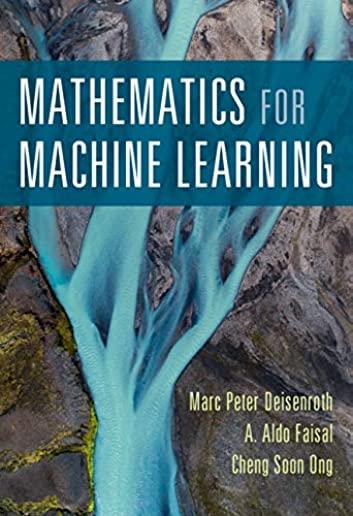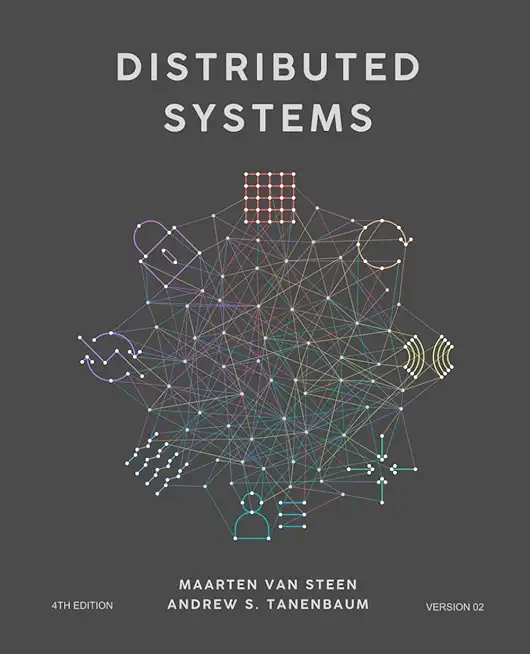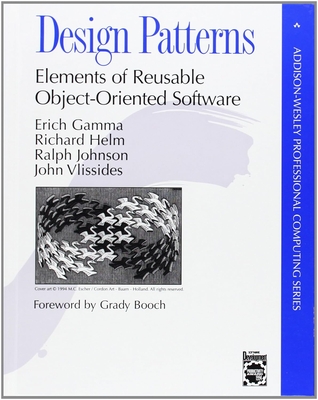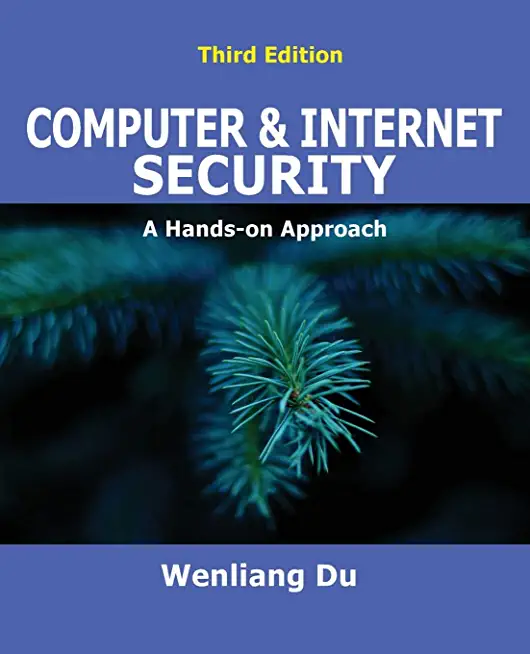VMware vSphere 8.0 with ESXi and vCenter Training in Pueblo
|
We offer private customized training for groups of 3 or more attendees.
|
||
Course Description |
||
| This powerful 5-day class is an intensive introduction to VMware vSphere™ 8.0 including VMware ESXi™ 8.0 and vCenter™ 8.0. This course has been completely updated to reflect the most recent changes introduced in vSphere 8.0. Assuming no prior virtualization experience, this class starts with the basics and rapidly progresses to advanced topics. 45+% of class time is devoted to labs so students get the skills they need to become effective vSphere administrators. Students use dedicated labs that start with installation and configuration of stand-alone ESXi hosts and progress through shared storage, networking, building VMs and centralized management. The class continues with rapid VM deployment, hot-plug virtual hardware, permissions, alarms resource management, VM high availability clusters, VM load balanced clusters, VM cold, hot and storage migration, updating / upgrading ESXi hosts and performance.
Course Length: 5 Days
Course Tuition: $3100 (US) |
||
Prerequisites |
|
| Attendees should have user, operator or administrator experience on common operating systems such as Microsoft Windows, Linuxâ?¢, Mac OS/X, etc. Experience installing, configuring and managing operating systems, storage and / or networks is helpful but not required. We assume that all attendees have a basic familiarity with PC server hardware, disk partitioning, IP addressing, O/S installation, networking, etc. | |
Course Outline |
|
Chapter 0 - Course Introduction
vSphere 8.0 overview
Brief overview of the course and labs
Chapter 1 - Virtualization Infrastructure Overview
Virtualization explained
How virtualization solves common issues with workload management
Overview of VMware vSphere software components and features
What's New in vSphere 8.0
Chapter 2 – How to Install, Configure ESXi 8.0
Understanding ESXi
Selecting, validating and preparing your server
Software installation and best practices
Join ESXi to a Domain
Local User Management and Policies
Managing ESXi hosts with Host Client
Chapter 3 – Introduction to Virtual and Physical Networking
vNetwork standard virtual Switches
Virtual Switches, Ports and Port Groups
Creating and configuring VMkernel NICs for ESXi networking
vSwitch pNIC teaming for performance and reliability
Chapter 4 – Connecting to NAS / NFS Shared Storage
Shared Storage benefits
NFS Overview
Configuring ESXi to use NFS shares
NFS Use Cases
Troubleshooting NFS common problems
Chapter 5 – Virtual Hardware and Virtual Machines
VM virtual hardware, options and maximums
Sizing and creating a new VM
Assigning, modifying and removing Virtual Hardware
VMware remote console applications
Installing an OS into a VM
Saving and restoring a VM’s state with snapshots
Chapter 6 – vCenter Server Appliance
vCenter overview and components
Installing and configuring vCenter Server Appliance
Complete post-install configuration tasks using vCSA’s VAMI interface
Connecting vCenter’s base Linux Photon OS to Active Directory
Updating Single Sign On’s directory source database to query Active Directory
Organizing vCenter's inventory views
Importing ESX hosts into vCenter management
Administering vCenter Server with HTML 5 based vSphere Client
Chapter 7 – VM Rapid Deployment using Templates, Clones
Virtual Machine Golden Master rapid deployment using templates
Creating, updating and working with Templates
Rapid ad-hoc VM duplication using Cloning
Best practices for cloning and templating
Chapter 8 - Working with VM Hot Plug Virtual Hardware
Update VM vHardware with no downtime with hotplug virtual hardware
Configuring VMs to support hotplug vCPUs and vRAM
Hot-plugging vNICs and vDisks into a running VM
Windows Guest OS experience when hot-pluging virtual hardware
Chapter 9 – Working with Shared Storage
Fibre SAN overview
World Wide Names and LUN identifiers
Fibre Soft Zoning and Hard Zoning
iSCSI overview
Virtual and physical iSCSI adapters
Configuring ESXi’s iSCSI software adaptor
Scanning and rescanning iSCSI volumes
Performance and redundancy considerations and best practices
Storage and storage network design and best practices
Understanding the benefits of VMware VAAI compliant storage
Chapter 10 – VMFS – VMware's Cluster File System
VMFS 6 features and benefits
Creating new VMFS datastores
Managing VMFS capacity with LUN spanning and LUN expansion
Native and 3rd party Multipathing including policies, benefits and use cases
VMFS performance, design and configuration tips
Chapter 11 – The ESXi and vCenter Permission Model
VMware Security model
Configuring local users and groups
Managing local permissions
Granting access to local and Active Directory based users and groups
How permissions are applied
Chapter 12 – Virtual Infrastructure Monitoring with vCenter Alarms
Alarm categories and definitions
Creating custom alarms and setting alarm actions
Configure vCenter so it can send E-mail and SNMP alerts
Reviewing existing alarms and acknowledging them
Identify the most useful alarms to review and enable
Chapter 13 – Compute Resource Management with Resource Pools
Delegate compute resources in bulk using Resource Pools
How ESXi delivers resources to VMs
Compute resource tunes - Shares, Reservations and Limits
Configure and test predictable compute resource delegations
Chapter 14 – VMotion Migration, Cold Migration, Storage VMotion
Cold Migrations to new ESX hosts, datastores
Hot VM compute state migrations between ESXi hosts with VMotion
VMotion requirements and dependencies
How VMotion works – detailed explanation
How to test ESXi hosts and VMs for VMotion compatibility
Hot VM disk state migrations between datastores with Storage VMotion
Chapter 15 – Distributed Resource Scheduling Load Balanced Clusters
Automatic CPU and Memory resource balancing clusters with VMware DRS
DRS Cluster configuration and tuning
Per-VM cluster policy overrides
Features, benefits and use cases for Enhanced VMotion Compatibility (EVC)
Configuring Per-VM EVC
Chapter 16 – Rapid VM Failure Recovery with High Availability Clusters
High Availability options to minimize unplanned VM down time due to infrastructure issues
VMware HA policies to protect against ESXi host, storage network and SAN volume failures
Admission Control for guaranteed compute resource availability after a host failure
Heartbeat Datastores to quickly resolve host isolation vs. host failure situations
Chapter 17 – VMware Lifecycle Manager
Configure and enable VMware Lifecycle Manager
Create an ESXi host upgrade baseline
Checking ESXi host compliance with attached host upgrade baselines
How to upgrade ESXi 7.0 hosts to ESXi 8.0 using VLM
Chapter 18 – Managing Scalability and Performance
VMkernel CPU and memory resource management mechanisms
Tuning VM storage I/O performance
Identifying and resolving resource contention
Monitoring VM and ESX host performance
Performance and capacity planning strategies
Chapter 19 – Final Thoughts
What to virtualize and what not to virtualize
VM guest OS security in a virtual environment
How to protect VMs and their data from unauthorized copying
Useful books, white papers and online resources
|
Course Directory [training on all levels]
- .NET Classes
- Agile/Scrum Classes
- AI Classes
- Ajax Classes
- Android and iPhone Programming Classes
- Azure Classes
- Blaze Advisor Classes
- C Programming Classes
- C# Programming Classes
- C++ Programming Classes
- Cisco Classes
- Cloud Classes
- CompTIA Classes
- Crystal Reports Classes
- Data Classes
- Design Patterns Classes
- DevOps Classes
- Foundations of Web Design & Web Authoring Classes
- Git, Jira, Wicket, Gradle, Tableau Classes
- IBM Classes
- Java Programming Classes
- JBoss Administration Classes
- JUnit, TDD, CPTC, Web Penetration Classes
- Linux Unix Classes
- Machine Learning Classes
- Microsoft Classes
- Microsoft Development Classes
- Microsoft SQL Server Classes
- Microsoft Team Foundation Server Classes
- Microsoft Windows Server Classes
- Oracle, MySQL, Cassandra, Hadoop Database Classes
- Perl Programming Classes
- Python Programming Classes
- Ruby Programming Classes
- SAS Classes
- Security Classes
- SharePoint Classes
- SOA Classes
- Tcl, Awk, Bash, Shell Classes
- UML Classes
- VMWare Classes
- Web Development Classes
- Web Services Classes
- Weblogic Administration Classes
- XML Classes
- Introduction to Spring 6, Spring Boot 3, and Spring REST
15 December, 2025 - 19 December, 2025 - RED HAT ENTERPRISE LINUX SYSTEMS ADMIN II
8 December, 2025 - 11 December, 2025 - Fast Track to Java 17 and OO Development
8 December, 2025 - 12 December, 2025 - Python for Scientists
8 December, 2025 - 12 December, 2025 - See our complete public course listing






